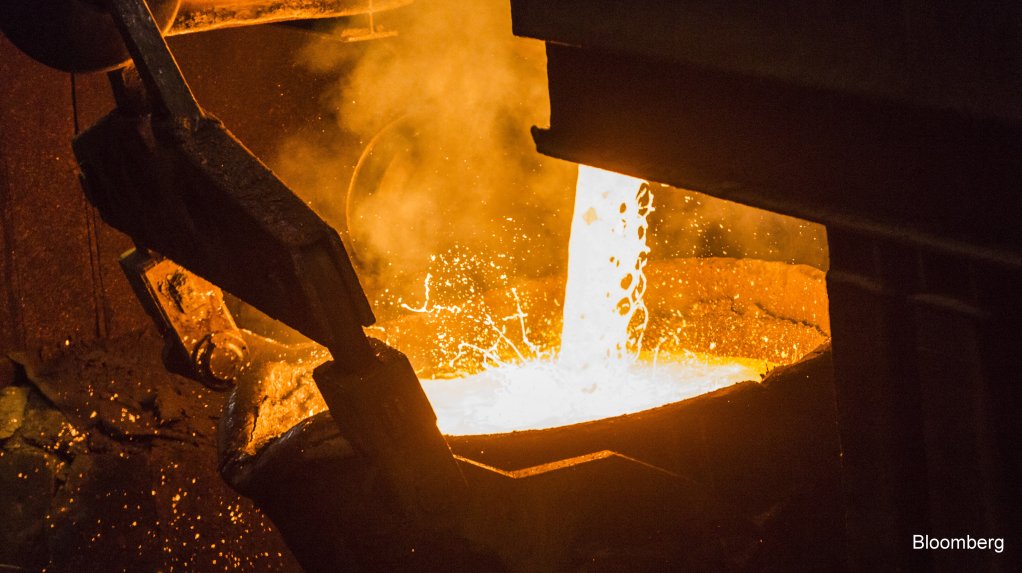Chinese copper smelters are likely to be forced to accept record low processing fees for next year’s term contracts as negotiations over ore supply begin amid a backdrop of tight supply and growing expansion of smelting capacity.
Miners, smelters and traders from around the world are gathering this week in Shanghai for CESCO Asia Copper Week where all eyes are on annual negotiations between smelters in China, the world’s largest producer, and Chilean copper mining heavyweight Antofagasta.
That deal sets a closely-followed Chinese benchmark for processing fees, also known as treatment and refining charges (TC/RCs). Traditionally paid by miners to turn ore into metal, tight supply has inverted the market and smelters must instead now pay miners in the spot market.
A Reuters poll of 15 industry sources including smelters, traders, analysts and consultants produced forecasts ranging from -$30 to $10, with results clustered around zero.
Seven forecast a fee of $0, four a range of $0 to $10, while another simply predicted “a positive number.” On the other hand, one expected minus $5 to $0, and two others predicted a deeply negative range of -$20 to -$30.
The results are all well below 2025’s $21.25 a ton agreed between Antofagasta and Jiangxi Copper.
However, zero would be in line with what was agreed during an earlier round of talks in June, an outcome seen as a win for smelters given spot processing fees are deeply negative.
Spot TCs stood at minus $42.32 a ton on November 21, according to consultancy Shanghai Metals Market, down from $10.64 during the same period last year.
Spot processing fees have stayed negative for almost one year, an unprecedented stretch, in part due to unexpected disruptions at major mines including those owned by Ivanhoe Mines and Freeport-McMoRan.
Consultancy CRU Group projects copper concentrate supply will8 shrink 0.8% this year, while analysts at brokerage Zijin Tianfeng forecast a fall of 0.12%.
CRU Group expects concentrate supply to grow by 4.2% next year.
SLOWING CAPACITY EXPANSION?
Persistently low processing fees have strained the finances of smelters around the world and raised expectations that the amount of new capacity will slow next year.
Already this year some smelters outside China have shuttered or cut capacity, in turn sparking protest from governments keen to protect the vital industry.
Global copper smelting capacity will grow by 2.3% year-on-year to 29.76 million tons in 2026, slowing from the estimated 10.3% expected this year, according to a Reuters calculation based on data from CRU Group.
China’s industry association said it has pushed for a capacity cap for metals including copper to curb the addition of new capacity as low processing fees have hurt smelters’ profitability.



